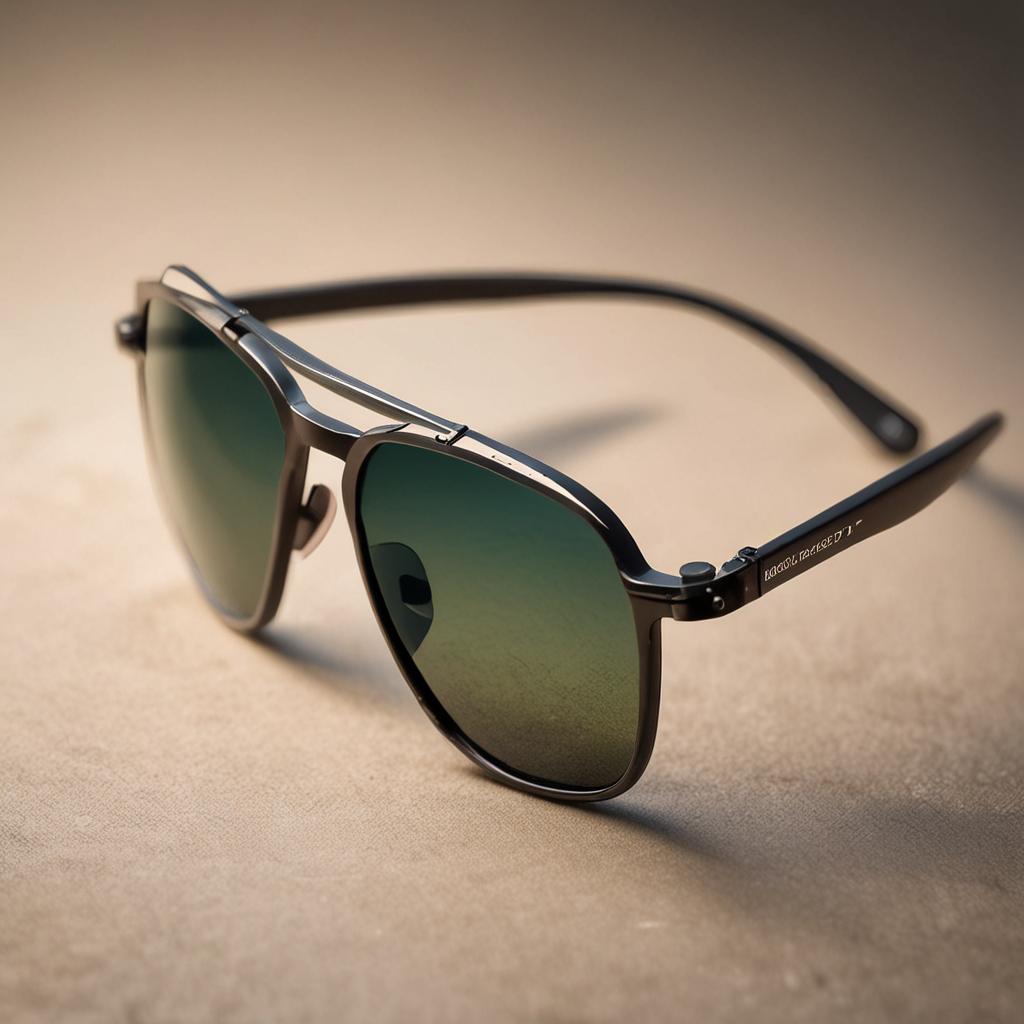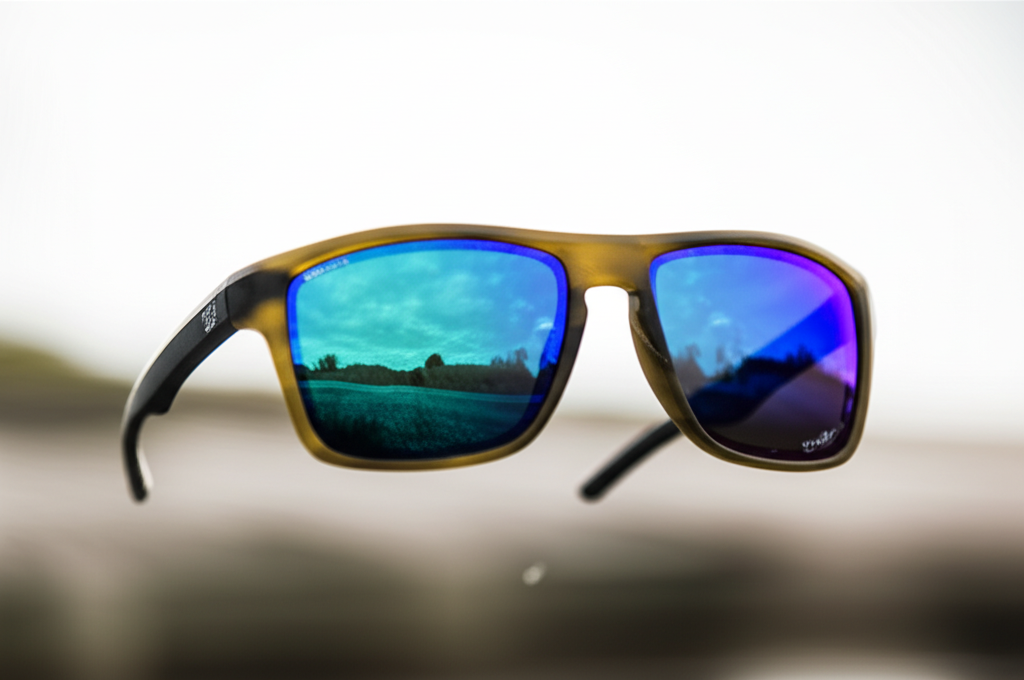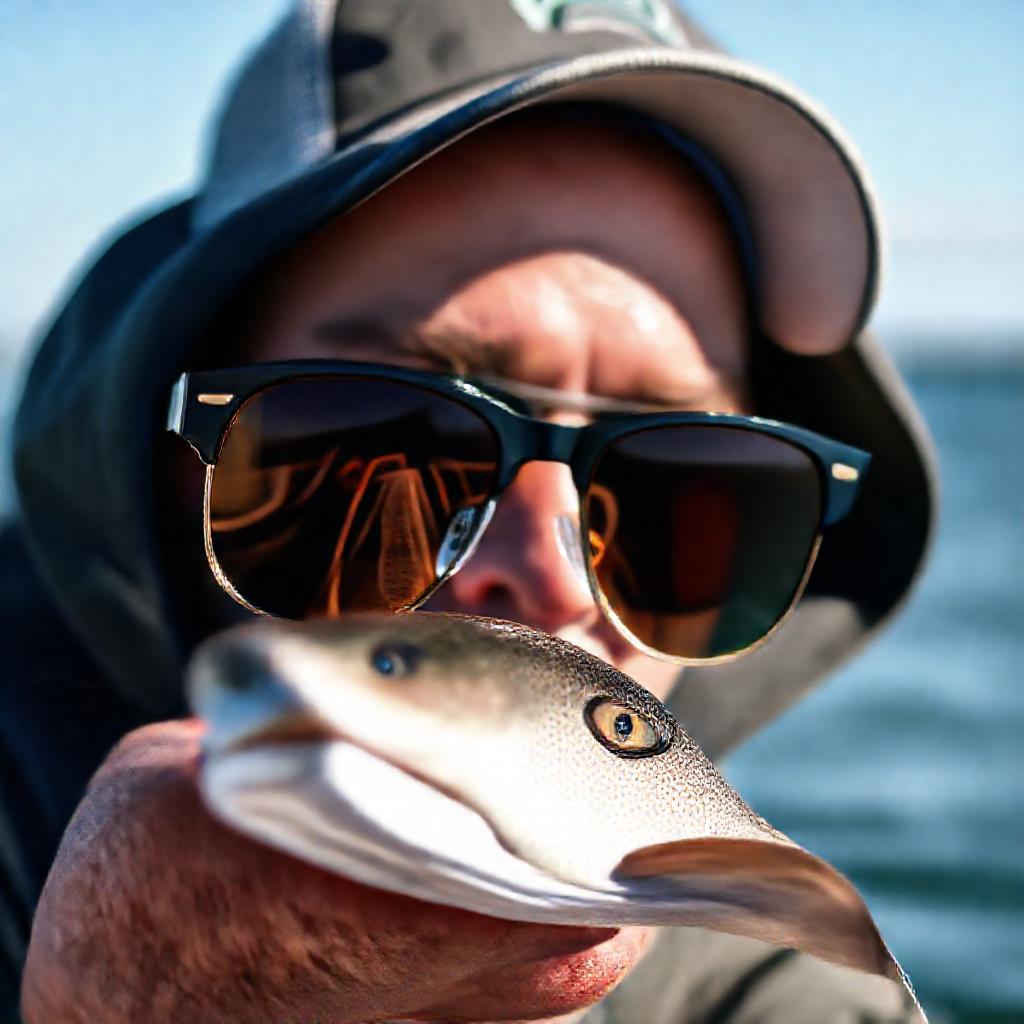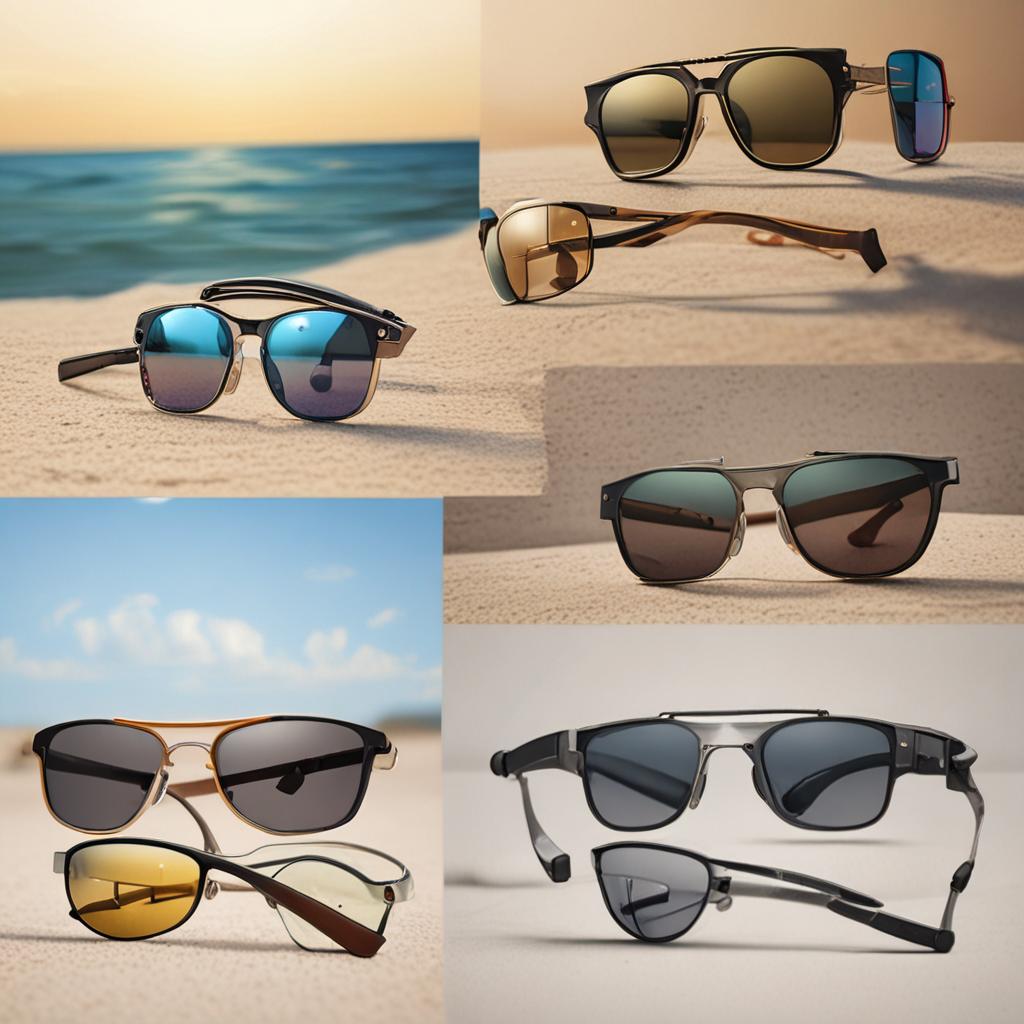What is the Best Sunglasses for Fishing

Fishing is more than just a hobby—it’s an art that demands precision, patience, and the right gear. One often overlooked but crucial piece of equipment is a high-quality pair of sunglasses. Whether you’re battling glare on a sunlit lake or squinting through overcast skies, the right sunglasses can make all the difference in spotting fish, protecting your eyes, and enjoying a comfortable day on the water. Without the correct eyewear, you risk eye strain, reduced visibility, and even long-term UV damage. That’s why choosing the best sunglasses for fishing isn’t just about style—it’s about performance, durability, and protection.
Essential Features to Look for in Fishing Sunglasses
100% UV Protection
The sun’s rays reflect off water, doubling your exposure to harmful UV radiation. Sunglasses with UV400-rated lenses block 100% of UVA and UVB rays, safeguarding your eyes from glare-induced headaches, cataracts, and macular degeneration. Even on cloudy days, UV rays can penetrate, so this feature is non-negotiable.
Polarized Lenses for Glare Reduction
Polarized lenses contain a special filter that blocks horizontal light waves—commonly reflected off water—enhancing clarity and reducing eye strain. Unlike non-polarized lenses, which scatter light, polarized ones help you spot fish, submerged rocks, and your lure more easily. The only downside? They may interfere with LCD screens, but for fishing, the benefits far outweigh this minor inconvenience.
Lens Color and Tint: How It Affects Visibility
Lens color isn’t just about aesthetics; it shapes how you perceive your surroundings. Amber lenses, for example, enhance contrast in low-light conditions, while gray lenses provide neutral color perception in bright sunlight. Brown lenses improve depth perception, and mirrored coatings further reduce glare. Choosing the right tint depends on your fishing environment and the time of day.
Durability and Impact Resistance
Fishing sunglasses endure splashes, saltwater, accidental drops, and rough handling. Opt for polycarbonate or TR90 frames, which balance strength and flexibility. Scratch-resistant coatings and hydrophobic treatments also extend lens life, ensuring clarity even after years of use.
Comfort and Fit for Long Hours
No matter how advanced the lenses, uncomfortable sunglasses will distract you from the catch. Look for lightweight designs with adjustable nose pads and non-slip temple arms to prevent slipping. Anti-fog coatings are a must for humid conditions, ensuring your vision stays clear when you need it most.
Types of Lens Technologies for Fishing
Polarized vs. Non-Polarized Lenses
Polarized lenses are the gold standard for anglers, eliminating surface glare and revealing what’s beneath the water. Non-polarized lenses, while cheaper, lack this clarity and are better suited for activities where glare isn’t a factor, like boating or driving.
Gradient vs. Solid Tint Lenses
Gradient lenses darken from top to bottom, ideal for balancing bright skies and water reflections. Solid tint lenses offer uniform darkness, great for wide-open waters where light is consistent. Your choice depends on the variability of your fishing spot.
Mirrored or G-15 Lenses
Mirrored lenses reflect excess light, reducing glare while adding a sleek look. G-15 lenses, commonly used in aviation, offer a balanced tint that maintains color accuracy in changing light, making them a favorite for off-shore anglers.

—
Top Lens Colors for Fishing and Their Benefits
Amber or Orange Lenses
These enhance contrast in murky or low-light conditions, helping you spot fish in shallow or stained water.
Essential Checklist
Goal Definition
Clearly define objectives and success metrics
Resource Planning
Allocate necessary time, budget, and personnel
Implementation Strategy
Develop step-by-step execution plan
Quality Assurance
Establish testing and validation procedures
Performance Monitoring
Set up tracking and reporting systems
Essential items for What is the Best Sunglasses for Fishing
Brown or Copper Lenses
They improve depth perception and filter blue light, making submerged objects stand out against bright backgrounds.

Gray or Green Lenses
These provide true color perception without distortion, ideal for clear, sunny days.
Yellow or Gold Lenses
Best for overcast days or early mornings, they enhance contrast and improve visibility in low light.
Mirrored Lenses
Beyond aesthetics, mirrored coatings reduce glare significantly, perfect for open, reflective waters.
—
Frame Options and Materials for Fishing Sunglasses
Flexible and Lightweight Materials
TR90 nylon and polycarbonate frames resist warping and are lightweight, ensuring all-day comfort.
Wraparound Frames for Maximum UV Coverage
These designs block peripheral glare and UV rays, offering full protection from all angles.
Adjustable Fit and Anti-Fog Coatings
Look for hydrophilic nose pads and temple tips that grip better when wet, plus anti-fog treatments to prevent condensation.
—
Best Sunglasses for Fishing (2024 Reviews and Recommendations)
1. Costa Del Mar Tuna Alley – Best Overall
With 100% UV protection, mirrored polarized lenses, and a durable polycarbonate frame, these are built for serious anglers.
2. Oakley Holbrook – Budget-Friendly Choice
Affordable yet reliable, these offer polarization and UV protection in a classic, sporty design.
3. Maui Jim Peahi – High-End Polarized
Premium lenses with Patented Polarization Technology and a sleek, ocean-inspired aesthetic.
4. Smith Lowdown Focus – All-Weather Performance
Anti-fog and water-resistant, perfect for extreme conditions like offshore fishing.

5. Nike Swoosh – Compact and Travel-Friendly
Lightweight and foldable, these UV400 sunglasses are ideal for anglers on the go.
How to Choose the Right Sunglasses for Your Fishing Environment
Freshwater vs. Saltwater Fishing
Saltwater requires corrosion-resistant materials, while freshwater sunglasses may prioritize glare reduction over durability.
Bright Sun vs. Overcast Days
Darker tints work best in bright sunlight, while lighter tints or amber lenses suit overcast conditions.
Inshore vs. Offshore Use
Offshore anglers benefit from wraparound frames and darker lenses to combat intense glare.
—
Maintenance and Care Tips for Fishing Sunglasses
Clean lenses with a microfiber cloth and lens-specific cleaner to avoid scratches. Store them in a hard case to protect against impacts and UV damage when not in use.
Conclusion: Invest in Eye Protection and Clarity
The right fishing sunglasses transform your experience—from spotting fish more easily to protecting your eyes from long-term damage. Whether you prioritize polarization, lens color, or durability, investing in quality eyewear ensures you see the water clearly and fish comfortably for years to come.
FAQ: Common Questions About Fishing Sunglasses
Are polarized sunglasses necessary for fishing?
Yes, they eliminate glare, enhancing your ability to see beneath the water’s surface.
What lens color is best for bright, sunny days on the water?
Gray or green lenses provide true color perception and reduce brightness without distortion.
Can I use regular sunglasses for fishing?
No, most regular sunglasses lack polarization and UV400 protection, essential for fishing.
How much should I spend on fishing sunglasses?
Expect to pay between $20 and $300+, depending on features and brand.
How do I clean my fishing sunglasses without damaging them?
Use a microfiber cloth and lens cleaner, avoiding abrasive materials or harsh chemicals.
